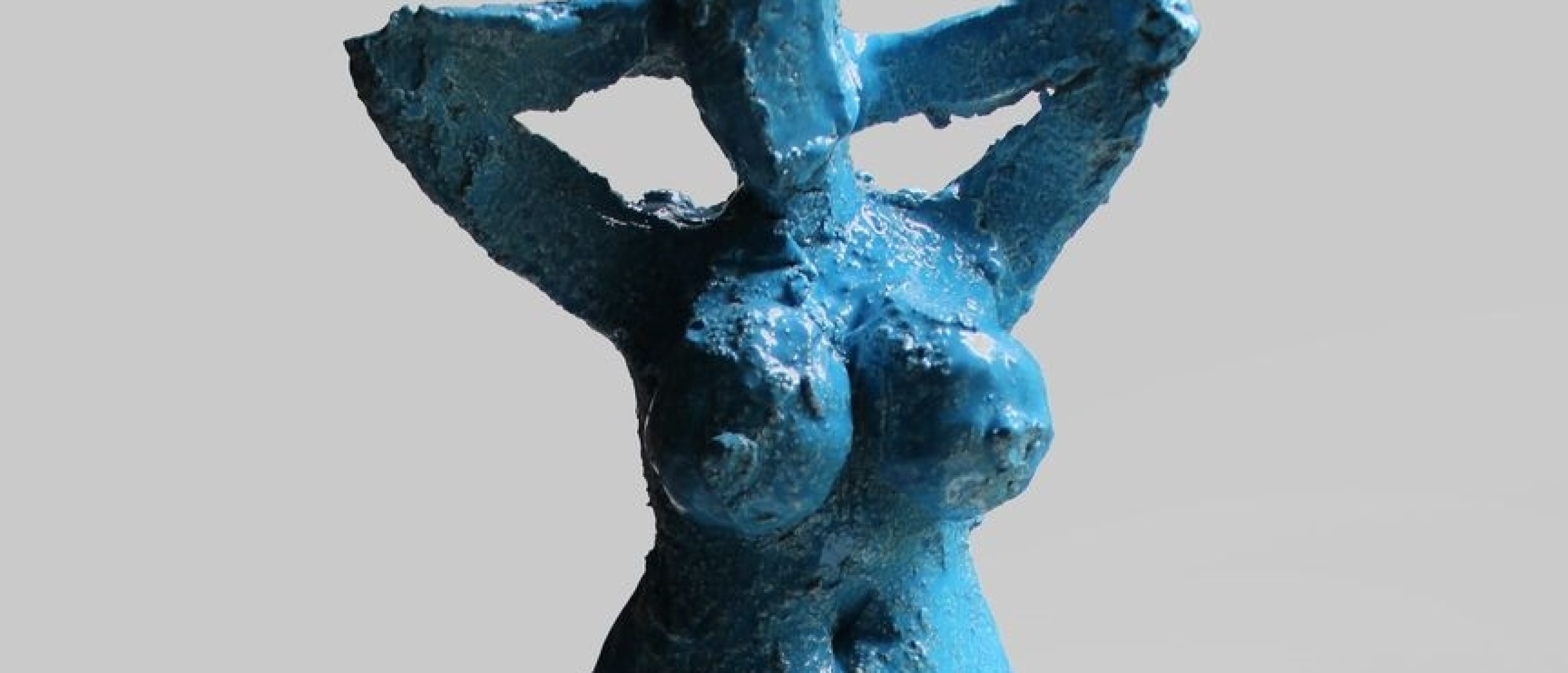
Vladimir Sai (b. 1977) is a sculptor born in Kyiv. The artist graduated from the Ukrainian Academy of Fine Art and Architecture. Searching for the "new realism," Sai creates sculptural impressions of human flesh and its senility. His project Ceramic Sketches, exhibited in 2017, combines realism and expressionism. White and yellow female figures with large breasts may remind you of ancient Venuses of the Paleolithic era.
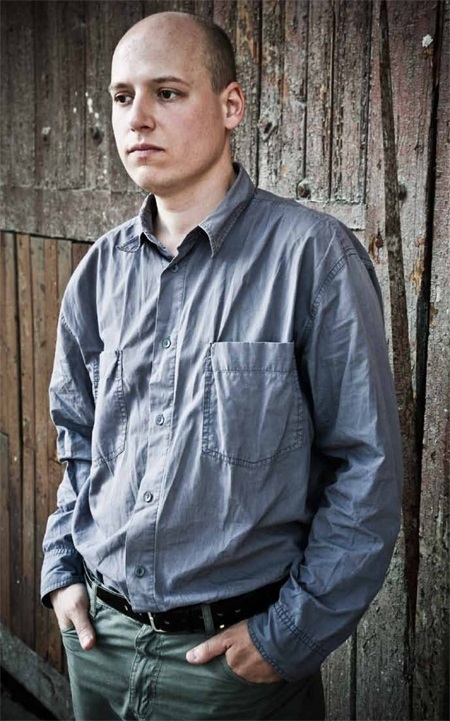
Fig. 1. Vladimir Sai, 2012 (artukraine.com.ua)
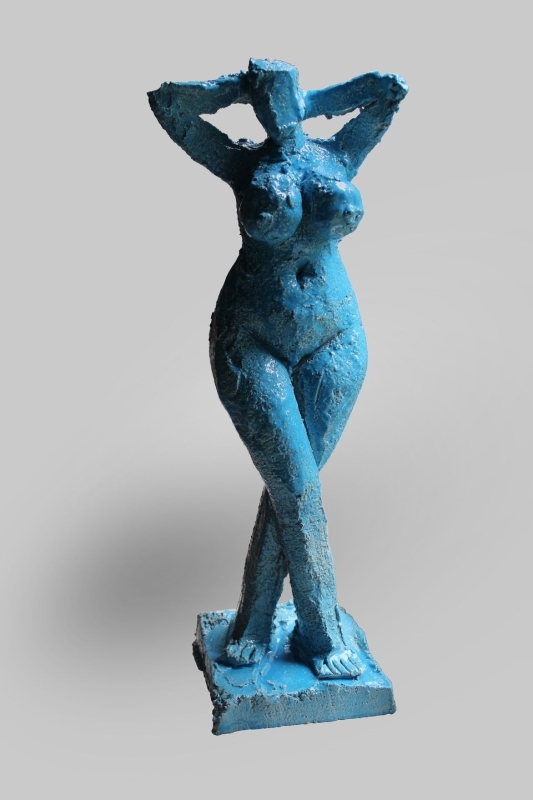
Fig. 2. Blue female figure (his.ua)
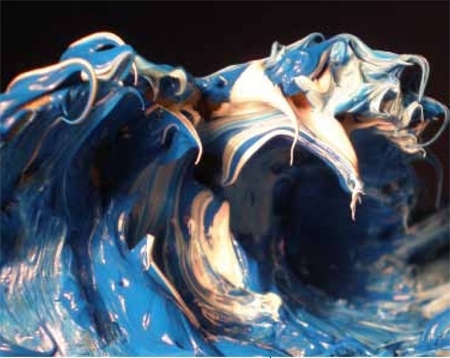
Fig. 3. The Wave, coagulated paints (artukraine.com.ua)
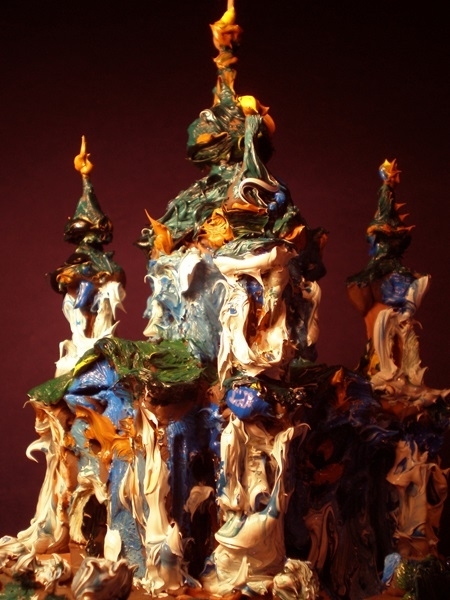
Fig. 4. The Andreyevskaya Church, coagulated paints (artukraine.com.ua)

Fig. 5. Grandma wearing a kerchief (artukraine.com.ua)
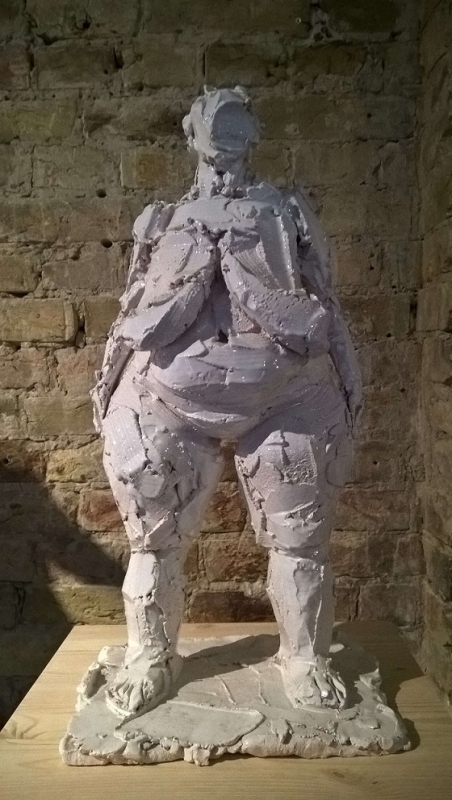
Fig. 6. White standing woman, Ceramic Sketches, 2017 (chernozem.info)
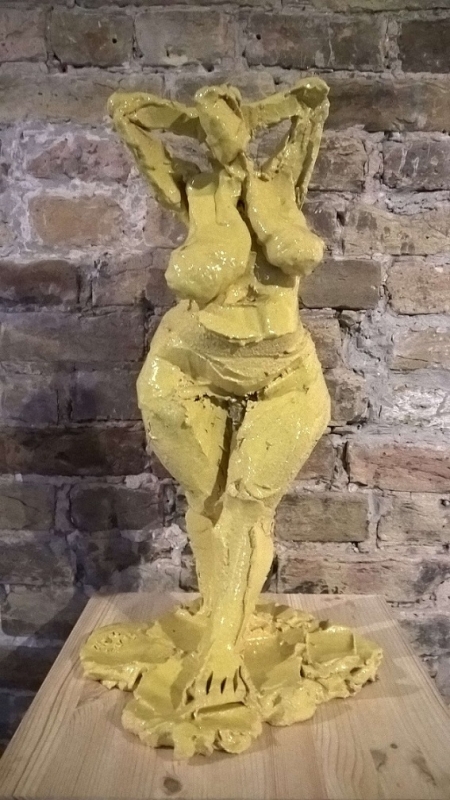
Fig. 7. Yellow standing woman, Ceramic Sketches, 2017 (chernozem.info)
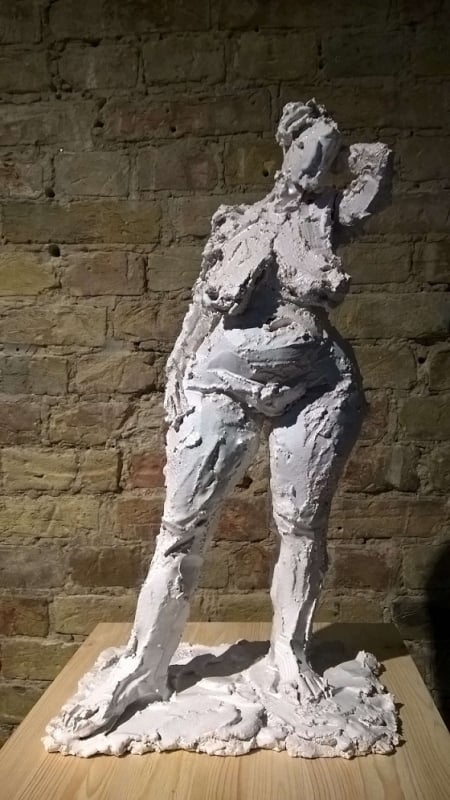
Fig. 8. White standing woman, Ceramic Sketches, 2017 (chernozem.info)
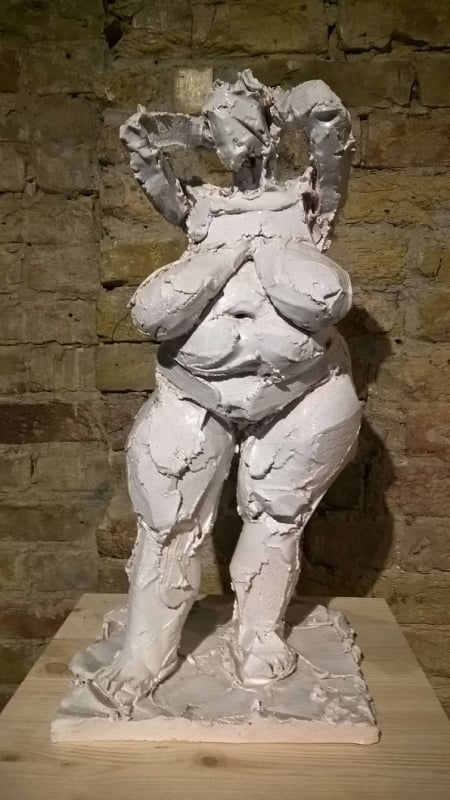
Fig. 9. White standing woman, Ceramic Sketches, 2017 (chernozem.info)

Fig. 10. Yellow standing woman, Ceramic Sketches, 2017 (chernozem.info)
Between a Picture and a Sculpture
Vladimir Sai is the minor brother of Alexey Sai, an artist who works in the original Excel Art genre. While Alexey is inventing a new way of artistic expression, Vladimir renews sculpting: he uses unordinary materials like chicken skin or coagulated paints. In Ceramic Sketches, Sai demonstrates a different approach to the concept of sculpting, pushing it closer to pictural expressionism that opposes to mimetic nature of fine arts in general. All the roughness and disproportionality of each "uncompleted" figure makes them look strangely alive. These ceramic women stand in relaxed poses as if they were sunbathing. Their vitality is that of the characters of Fernando Botero's paintings and Vasko Lipovac's sculptures. Commenting on the usage of colors, Sai said that "white and yellow bring the life. Especially, yellow, the color of summer and the sun, full of healthiness" (shcherbenkoartcentre.com).
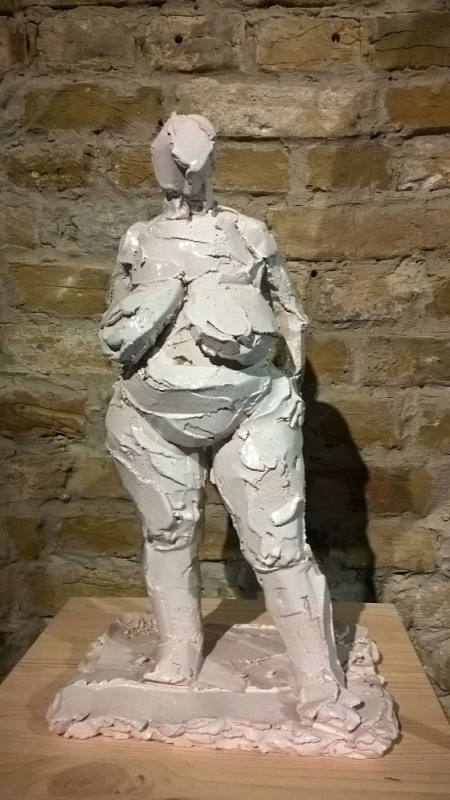
Fig. 11. White standing woman, Ceramic Sketches, 2017 (chernozem.info)
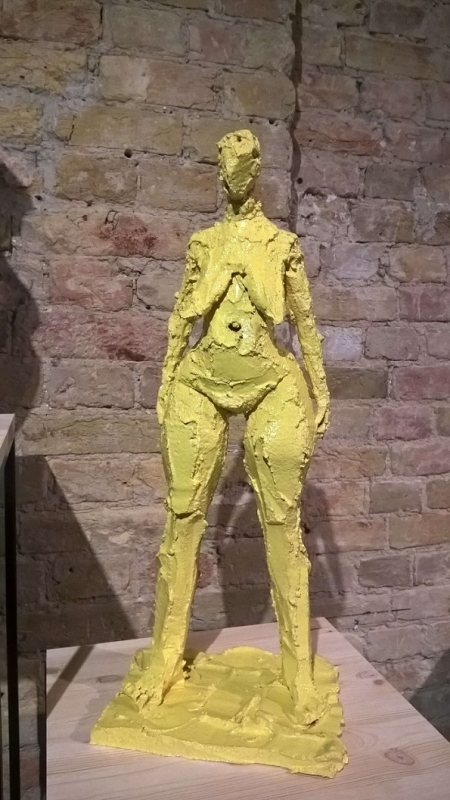
Fig. 12. Yellow standing woman, Ceramic Sketches, 2017 (chernozem.info)
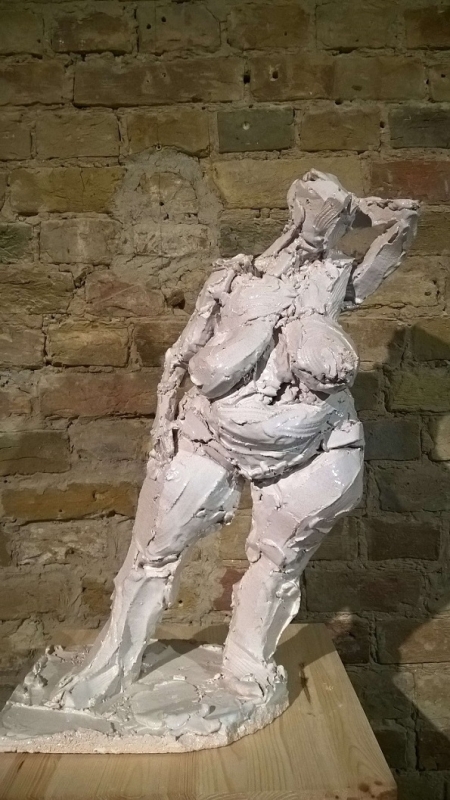
Fig. 13. White standing woman, Ceramic Sketches, 2017 (chernozem.info)
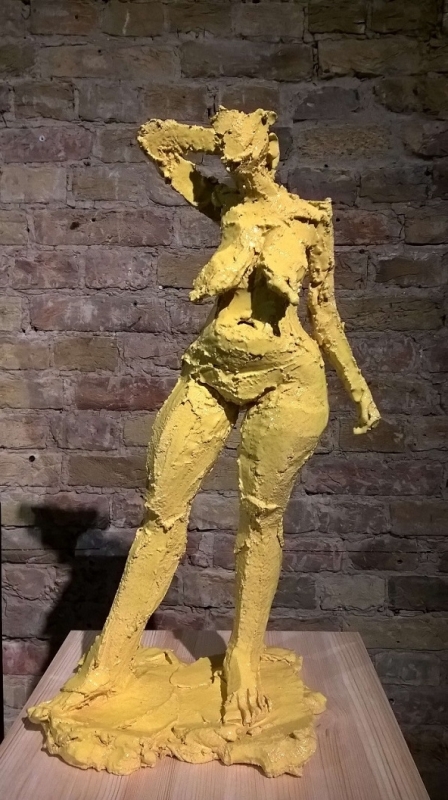
Fig. 14. Yellow standing woman, Ceramic Sketches, 2017 (chernozem.info)

Fig. 15. White standing woman, Ceramic Sketches, 2017 (chernozem.info)
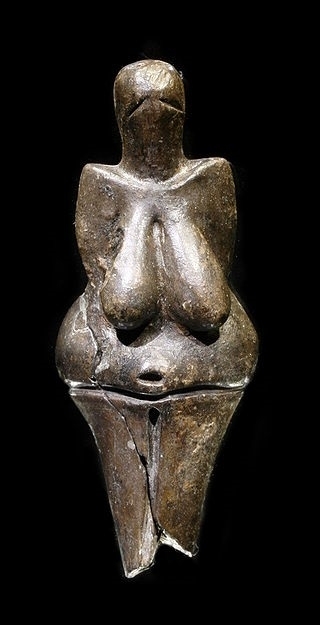
Fig. 16. Ceramic Venus of Dolní Věstonice, 29,000–25,000 BCE, Czech republic (Wikipedia.org)
Between the God and a Worshipper
The method of Sketches represents a student's practice in any art academy. It focuses not on the final result but the process and draws our attention to the matter giving us an increasing sense of palpability. We see the sculpture not as a life-like piece of marble but as a mass that was touched by someone. This way, the accent is put on the human presence. The medium begins to accumulate the energy of the author and makes it visible. Probably, it's the artist's adherence to the matter that can explain his interest in the theme of senility: time, like a sculptor, turns faces into wrinkled landscapes. Specific media of different arts, such as paints, ceramic, or the language, become dominant in modern art techniques. Philosophically, genres like surrealism and especially dadaism concentrate on the maternal or feminine side of the world, shapeless matter, and subconsciousness. Dadaists were referring to the primitive art performed by kids or ancient humans. Vladimir Sai's sketches seem to contain this primitivist spirit. His vital females may be seen as an homage to the archaic cult of maternity and fertility. At the same time, we can reflect upon the Sketches in the biblical paradigm and regard the series as a more detailed process of creation that includes intermediate steps and imperfect drafts. In the latter case, we get a feminist version of the origin of the world in which the god creates a woman first, who, in her turn, gives birth to a man. Some viewers may consider the figurines grotesque and classify them as sculptural equivalents of Lucian Freud's images. Interestingly, paleolithic figurines were labeled as Venuses because historians considered them examples of pre-historic standards of beauty. Ceramic Sketches of Vladimir Sai can provoke a discussion whether Gaia, the Greek deity of the earth and the symbol of fertility, is equal to Venus, the goddess of love and beauty. The answer of the artist, who is in love with his material, is quite obvious.
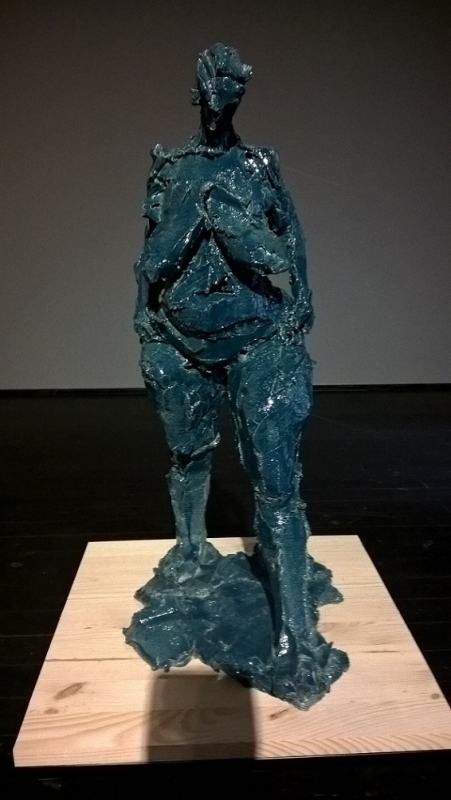
Fig. 17. Green standing woman, Ceramic Sketches, 2017 (chernozem.info)
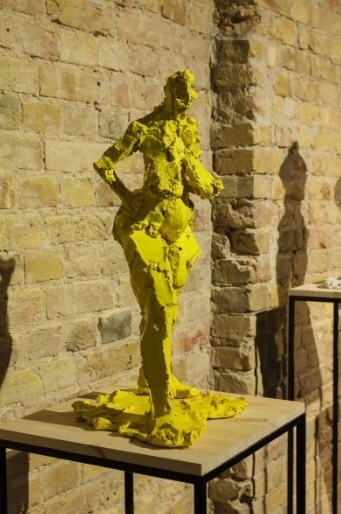
Fig. 18. Yellow standing woman, Ceramic Sketches, 2017 (chernozem.info)
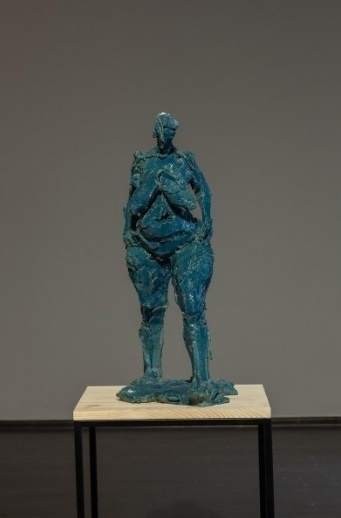
Fig. 19. Green standing woman, Ceramic Sketches, 2017 (shcherbenkoartcentre.com)
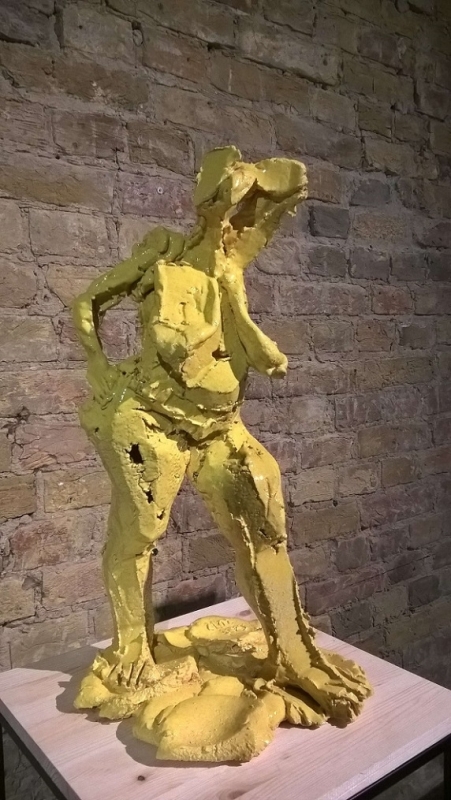
Fig. 20. Yellow standing woman, Ceramic Sketches, 2017 (shcherbenkoartcentre.com)
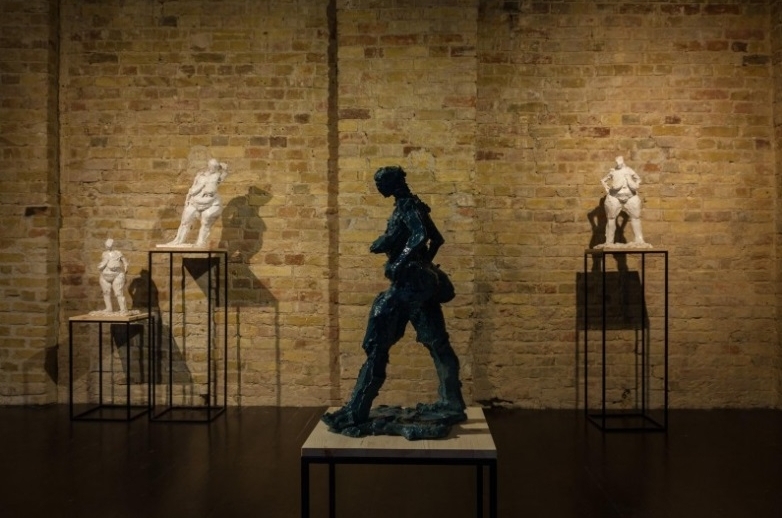
Fig. 21. Ceramic Sketches exposition, 2017 (shcherbenkoartcentre.com)
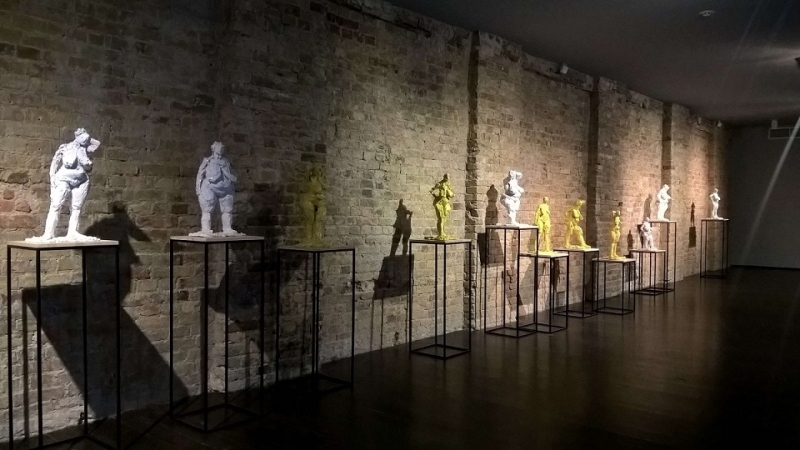
Fig. 22. Ceramic Sketches exposition, 2017 (chernozem.info)
Sources: artukraine.com.ua; shcherbenkoartcentre.com; ugallery.com.ua; chernozem.info
Click HERE for the shibari (bondage) project of another Ukrainian sculptor named Alika Malonog ...!!
Let us know what you think about Vladimir Sai's work in the comment box below.....!!
